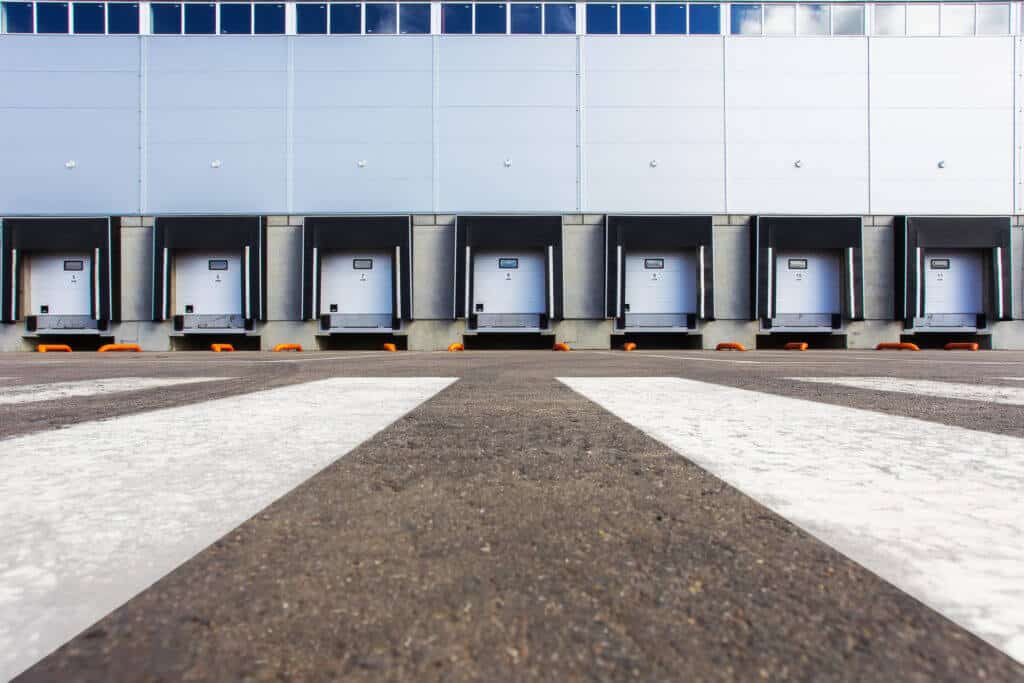
Recently, Chariot Logistics published a blog about the phenomenon known as “double brokering.” If you operate within logistics circles, you are likely familiar with this term and the effect it’s had on the logistics industry. Double brokering has cost trucking companies tens if not hundreds of thousands of dollars and has become so prevalent that it has sparked the development and release of several prevention tools from major software developers.
A lot has already been written about what double brokering is, but there isn’t a lot of information about how to respond to it. While prevention strategies do exist (and we’ll cover some of them here), by the time you’ve noticed the fraud, it may be too late to avoid some fallout. However, that doesn’t mean you can’t still take action to protect your business and your partners’ businesses. In this blog post, we will focus on some strategies to help mitigate the damage should your company fall victim to double brokering.
How does double brokering work?
Double brokering occurs when a carrier accepts a load for a specific motor carrier number but runs the load under a different one instead. In this type of scenario, the entity hauling the load may not be the one that actually gets paid for it. And because double brokering is a common practice within the transportation industry, it can be used by bad actors to steal money from truckers, shippers, and brokers.
A criminal entity that has no intention of paying the carrier can set up a shell company to contract out a load. For carriers, this increases the risk of having to pay twice for the same load. Once you understand how double brokering can be abused, it’s clear why this practice has become the scourge of the transportation industry.
Who is affected by double brokering?
You would think carriers already have enough to deal with without having to worry about being scammed. The good news is that there are some actions that they can take to mitigate the damage of double brokering and ensure future prevention. Before we can get to solutions, however, it’s important to discuss who gets affected by double brokering scenarios and how.
In every instance of double brokering, there are four ways victims can get scammed:
- A broker hires the scammer
- A carrier books a load with the scammer
- A broker has their identity stolen to broker out the load
- A carrier has its identity stolen to contract the load.
Some victims may be more at fault than others, often because of a lack of proper vetting of carriers or brokers. Others are innocent parties who were simply the victims of identity theft. Each one has its own unique set of risks and responsive actions.
How brokers can respond to a double brokering scam
To make matters worse, the fraudsters use the broker’s motor carrier to double broker freight. This can happen via a load board hack, loads being sent out through an unassociated email that looks similar to one sent by your company, or various other ways.
The most important thing to do is verify that your company’s identity has been compromised and move quickly to ensure that the fraudsters are stopped immediately. If your compromise is due to a load board hack, the first step is to contact the load board, inform them of the situation, and get the double broker out of the system. Dual-factor authentication can be enabled on most load boards, and it is something we strongly recommend to help reduce these types of cybersecurity risks. If you are the victim of a phishing or email scam, then you need to alert your carriers of the compromise and advise them to call your office directly to confirm any shipments that they have booked.
Once this is done, the next step is to alert the proper authorities. First, contact your local law enforcement agency and file a police report of the fraud. Once that is done, make sure to file a complaint with the Internet Crime Complaint Center (IC3), a branch of the FBI that focuses on cybercrimes (this can be done online). Finally, make sure to contact your bond provider to let them know of the identity threat and ensure that both parties.
In our experience, these reports won’t do much to mitigate the damage from the double brokering scenario, but they will cover you in the event that a carrier for a factoring company comes to you directly for payment. If you are a Carrier 411 subscriber, it is also highly advisable to post a freight guard on your own company, which will alert factoring companies that you are a victim of double broker identity theft, as surety bonds will not pay claims that result from fraud or identity theft.
If some loads do get brokered under your identity and you receive invoices and proof delivery (PODs), you need to reach out to the carrier or factoring company who sent the invoice to let them know of the fraud and the shipper or consignees on the bill of lading (BOL) and alert them of the situation. It is also a good idea to ask them to verify the identity of the actual broker or carrier they contracted and reach out to them to let them know they are also a victim of double brokering. With any luck, they’ll reach them before they issue payment and put them in contact with the actual hauling carrier.
How carriers can respond to a double brokering scam
Carriers, in particular, are at risk in a double broker scheme as the double brokering individual is attempting to steal freight payments and possibly attempting to steal their identity to contract freight. As a carrier, it is extremely important that you do your due diligence to make sure you are actually working with the broker the fraudster is claiming to be. Fortunately, there are some red flags to help carriers identify when this is the case.
Often, the double brokering party will want to communicate strictly through email. As with any phishing scheme, it’s important to be completely sure the email domain of the party in question matches exactly with the domain of the company they are impersonating. If you see an email address that looks fishy, there’s a good chance it is not legit. In this case, you will need to reach out to the broker and make sure the load is legit. In most double broker scenarios, the rate being offered will be well over market value, and as the saying goes, “If it’s too good to be true, it probably is.”
In the event you do find yourself the victim of a double broker scenario, there are things you can do to make sure you get paid. Typically, the double brokering individual will require you to send in the paperwork as soon as the load is delivered and then disappear. When this happens, it’s good practice to look at the BOL, and, in most cases, the actual broker on the load will be listed. At the very least, the shipper or consignee will be, so it’s a good idea to contact them and get them up to speed about the situation. The shipper or consignee will be able to tell you who the actual broker on the load is, and you will need to reach out to them to get paid directly.
Current legal statutes dictate that the actual hauling carrier will be paid even if payment has already been issued to the fraudulent company. It can be a bit of a battle, but if you are diligent, you will get paid eventually.
Unfortunately, double brokering instances are on the rise, and scammers are becoming more sophisticated than ever. The best line of defense is to properly vet every carrier or broker you are working with to ensure they are not a sham company. Here’s a simple checklist to get you started:
- See how long the carrier has been in business.
- Ask if the business has any freight-guard reports for double brokering.
- Check to see if the phone number or email address matches the carrier’s FMSCA record.
- Check the number of units registered to the MC and the number of Department of Transportation (DOT) safety inspections they’ve had.
- Know the hotbed regions (e.g., California) for double broker activity.
While this checklist is a good start, no system is completely foolproof, and sometimes the fraudsters still manage to slip through the cracks. When prevention fails, the key to successfully navigating a double broker situation is to act swiftly when you are aware of the situation and follow the steps mentioned above to help you mitigate the damage.
Communication and carrier vetting are two of the biggest ways to prevent double brokering. Chariot Logistics leverages e2open’s Transportation Management System (TMS) implementation and automates additional checks and balances to help protect your business and ensure the correct carrier is used for each and every shipment. When it comes to double brokering scams, it’s just like the old saying goes: the best offense is a good defense.
For more information about preventing and minimizing the impact of double brokering, check out our blogs on www.chariotlog.com.
To speak directly with Chariot Logistics about how to protect your business against double brokering, as well as any of our additional transportation services, contact Chief Revenue Officer at ASchnitzer@Chariotlog.com or by calling (615) 668-0010.
Joe DiLeo
CEO
Chariot Logistics Inc.





